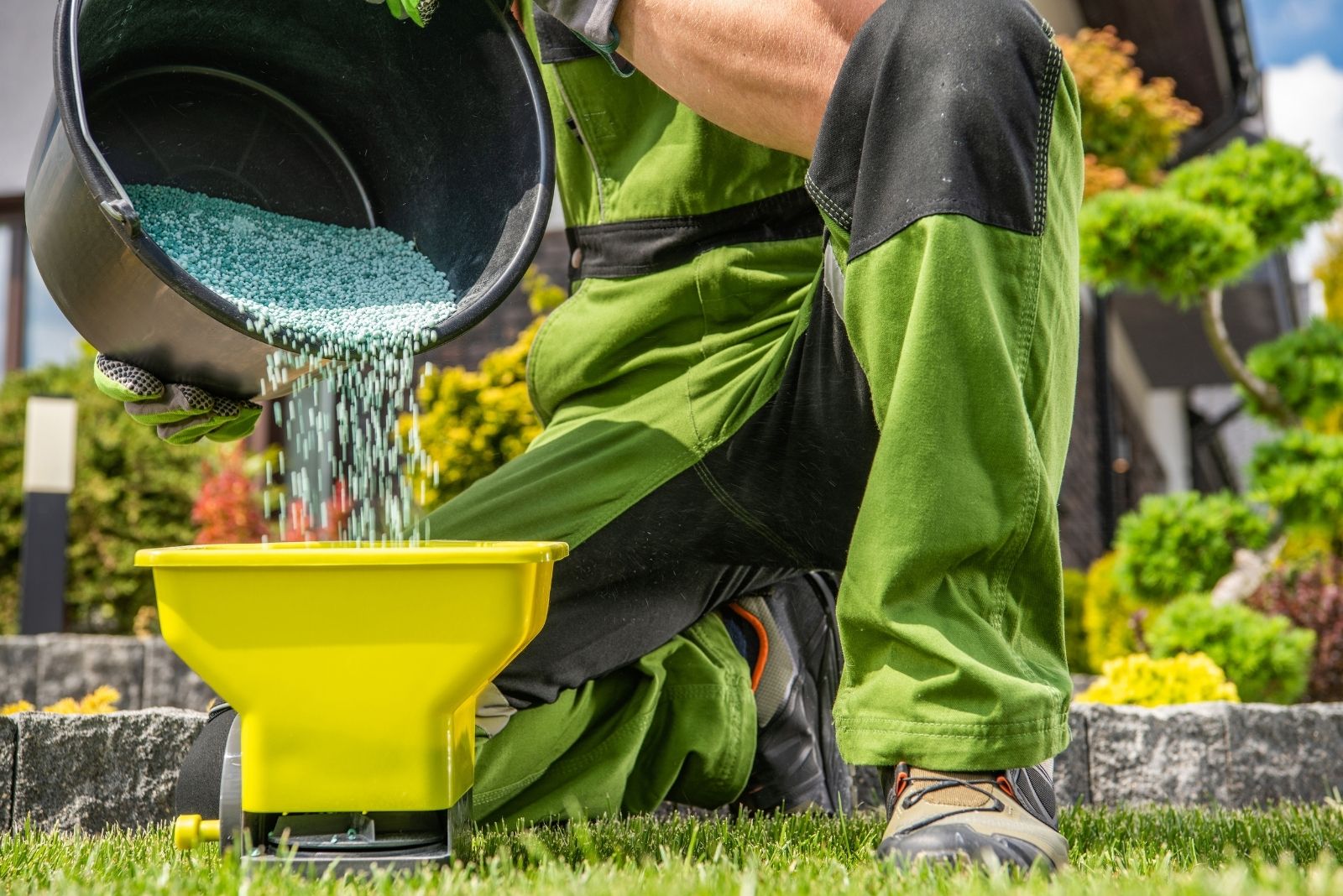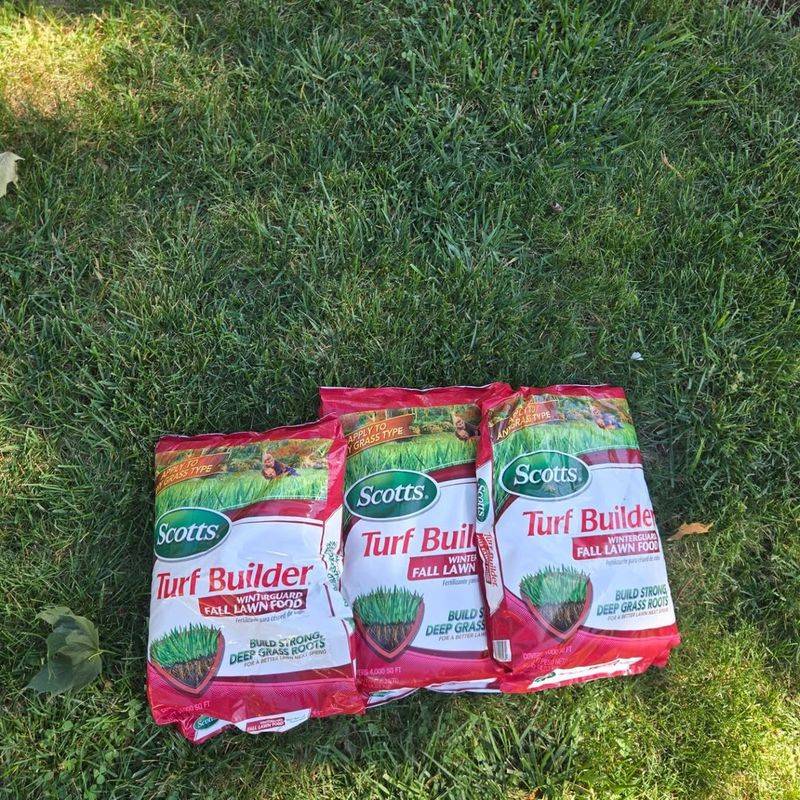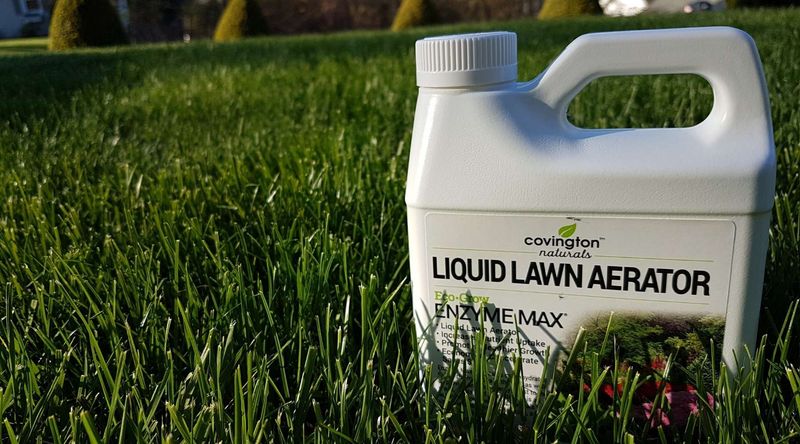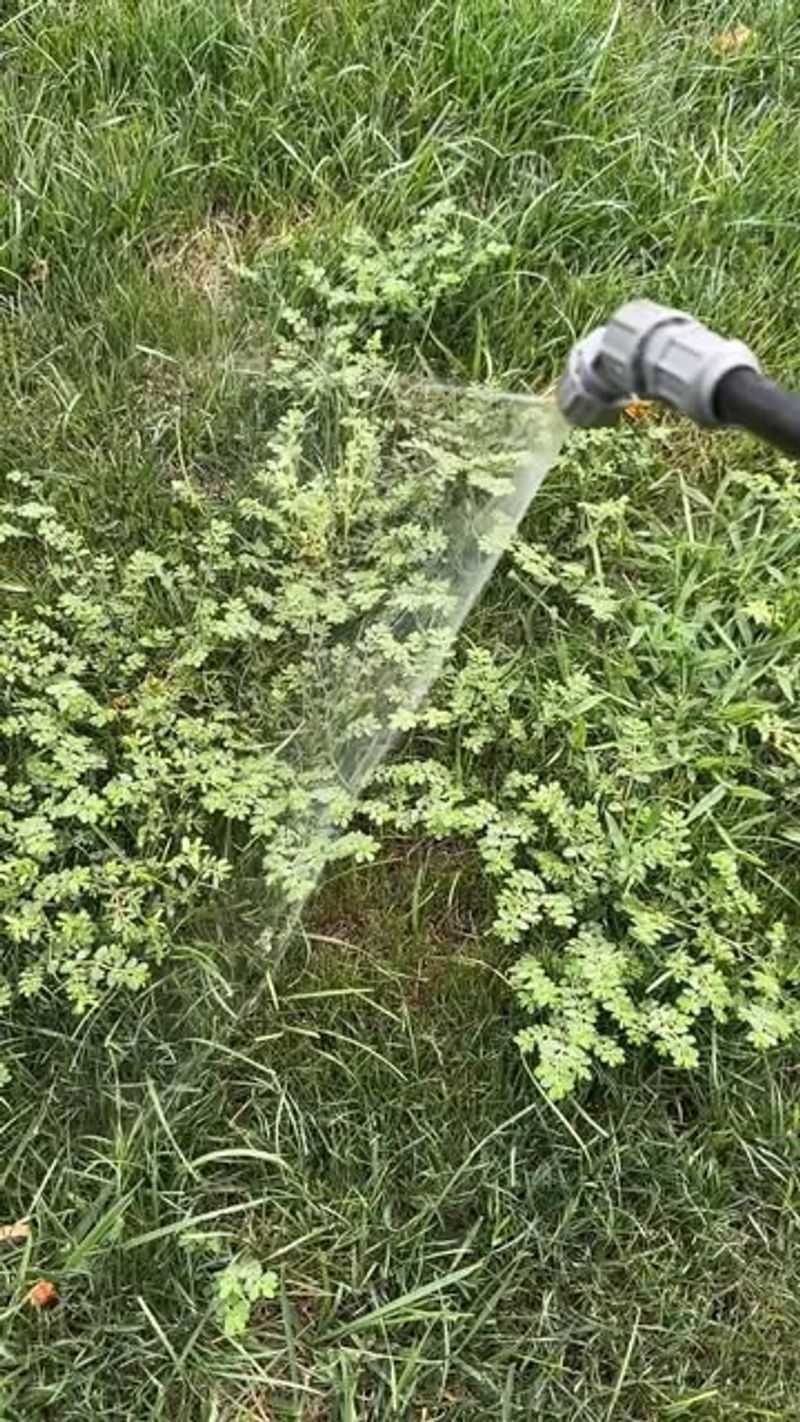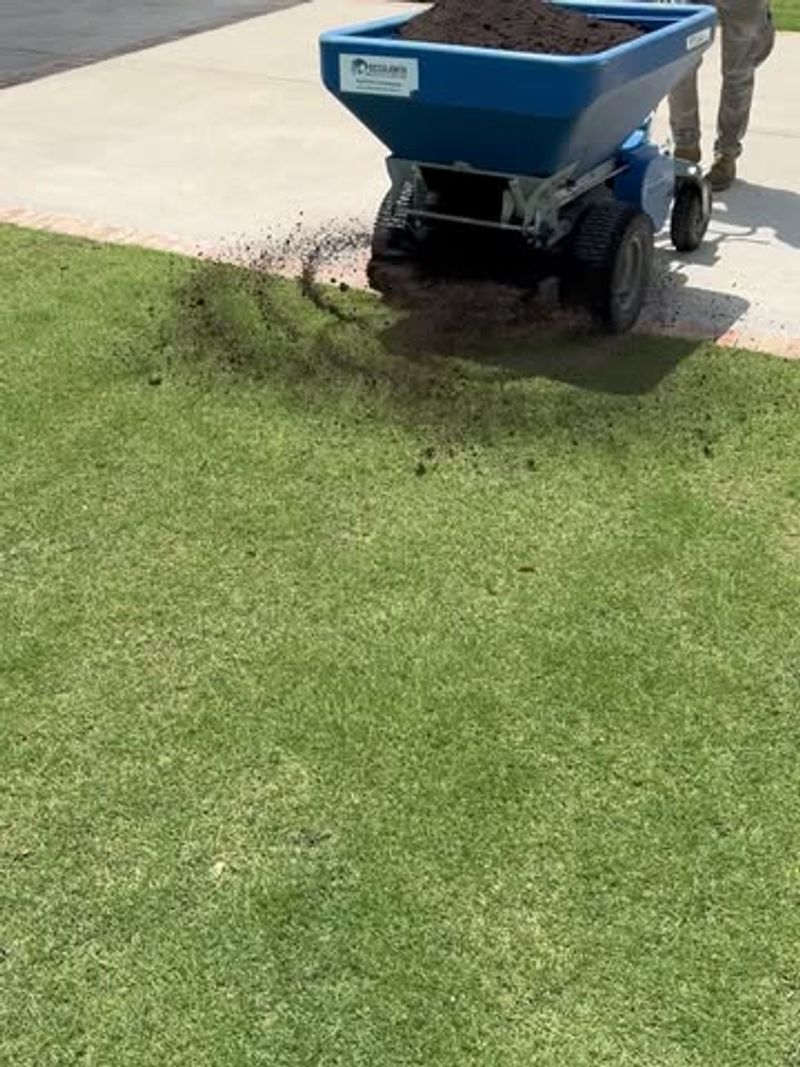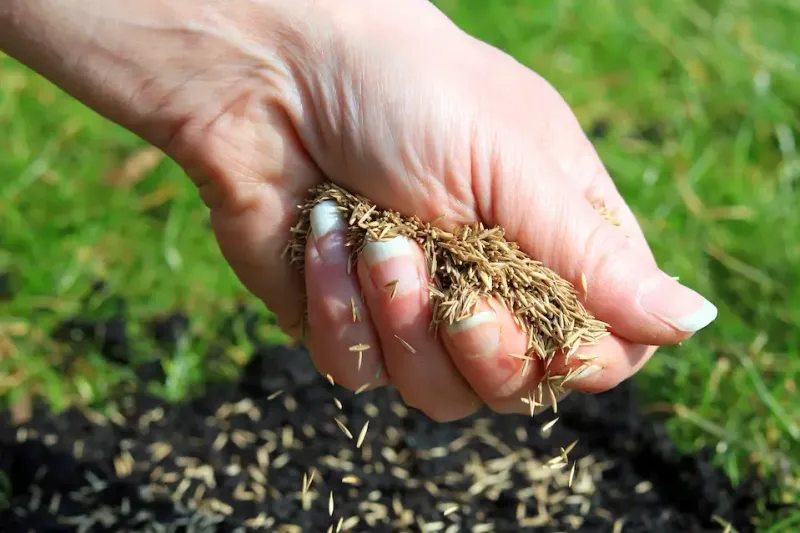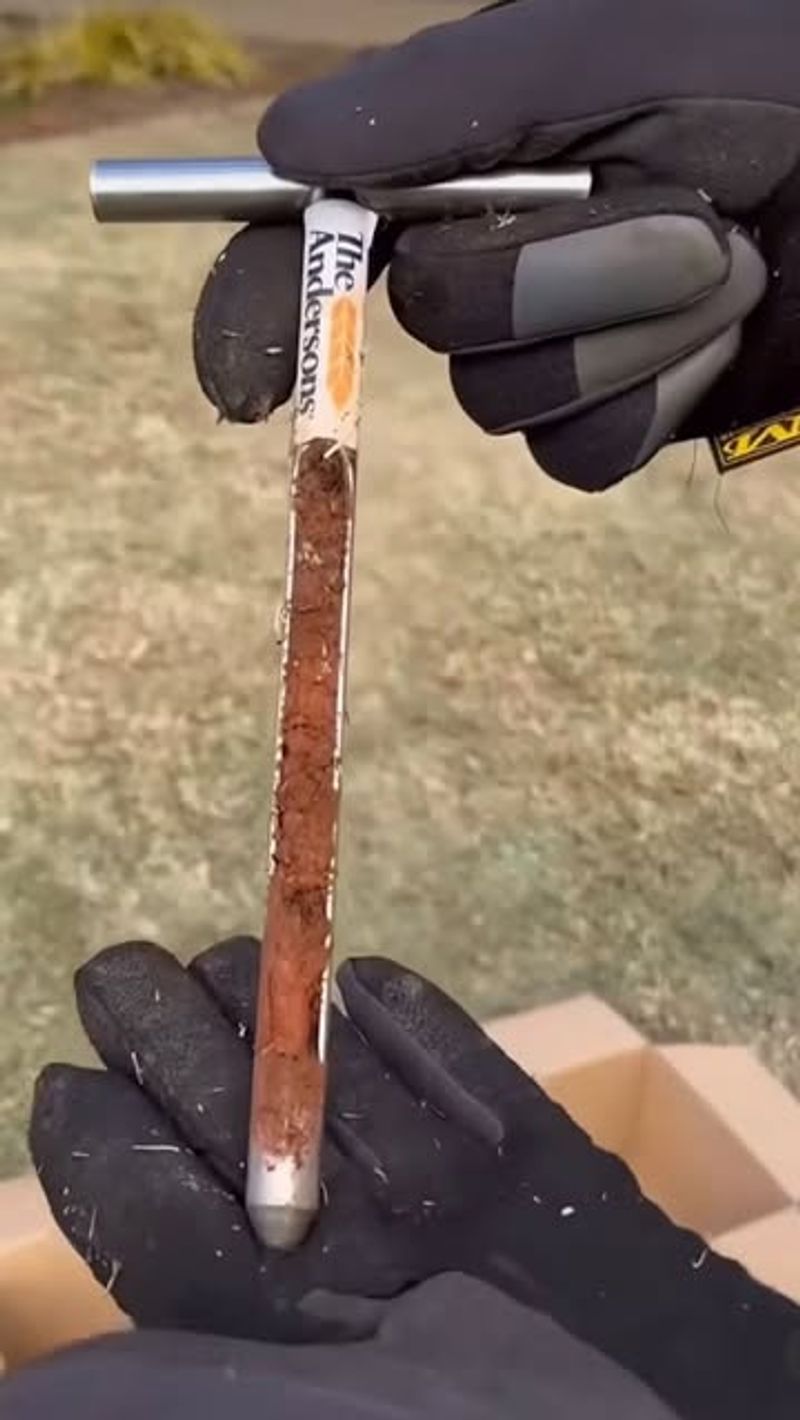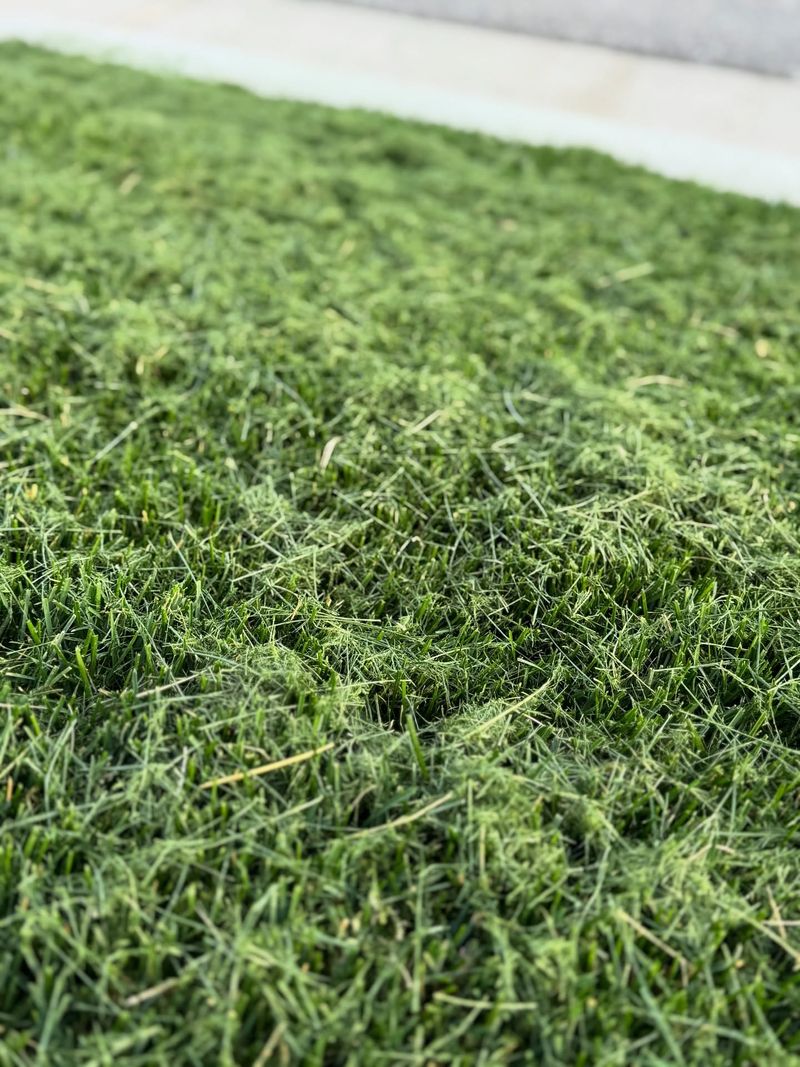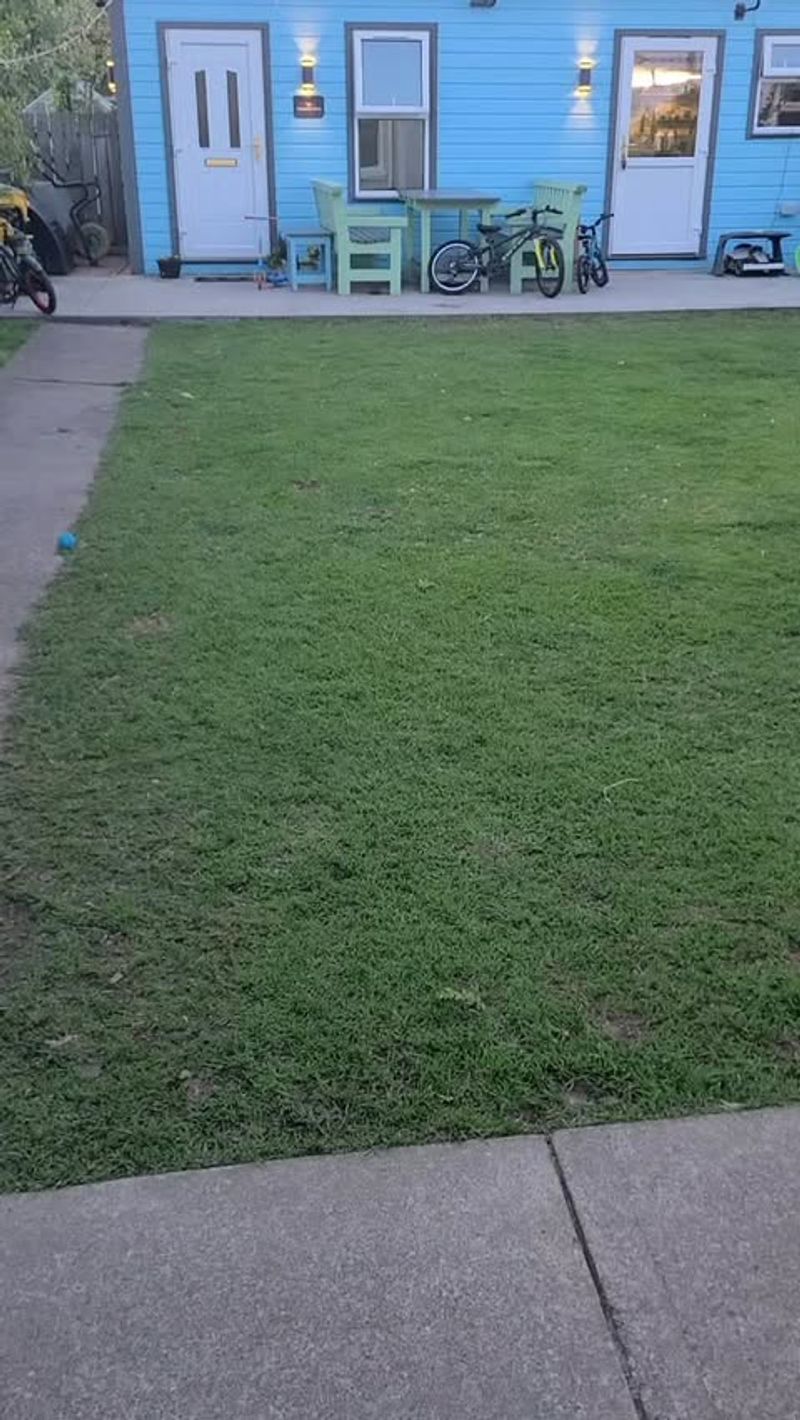Fall in Indiana brings cooler temperatures and the perfect chance to strengthen your lawn before winter arrives. Using the right products now helps your grass survive harsh conditions and bounce back beautifully next spring.
Indiana’s unique soil and climate require specific care strategies that make all the difference. Here are the products local experts trust to keep their yards healthy and strong through the changing seasons.
1. Slow-Release Fertilizer That Feeds Grass All Winter
Applying fertilizer in late October has completely changed how my yard looks by spring. Slow-release formulas keep feeding grass roots even when the surface goes dormant, building strength underground.
Indiana’s fluctuating fall temperatures make this type essential. Quick-release options burn out too fast, but slow formulas work steadily through November and December.
Look for products with higher potassium content. This nutrient helps grass withstand cold stress and disease pressure common in our region during winter months.
2. Liquid Aeration Treatments That Save You Time
Clay soil dominates many Indiana yards, making traditional core aeration a yearly chore. Liquid treatments break up compacted ground without renting heavy equipment or dealing with messy plugs everywhere.
These products contain soil conditioners that penetrate deep and loosen tight particles. Water and nutrients reach roots more easily, which is critical before winter sets in.
I apply mine in early October before overseeding. The combination gives new grass seeds better contact with soil and improves germination rates significantly across the entire lawn area.
3. Weed Control Sprays That Actually Work In Indiana Clay Soil
Fall is surprisingly effective for tackling stubborn weeds because they’re storing energy in their roots before winter. Targeting them now kills the entire plant, not just the visible parts above ground.
Choose herbicides labeled for cool-season application. Indiana’s clay soil can make absorption tricky, so products designed for heavy soils work best in our conditions.
Timing matters more than people realize. I spray on calm days when temperatures stay above 50 degrees, giving the product time to work before the first hard freeze arrives in November.
4. Compost Blends That Strengthen Fall Roots
Rich compost adds organic matter that Indiana clay desperately needs for better drainage and root growth. Spreading a thin layer in fall gives microorganisms months to break it down before spring growth starts.
I’ve noticed my grass develops deeper, stronger roots when I topdress with quality compost each October. Healthier roots mean better drought resistance and fewer bare spots next summer.
Look for blends that include aged manure or mushroom compost. These provide steady nutrients and improve soil structure gradually, which benefits your yard far more than synthetic options alone.
5. Seed Mixes Indiana Lawns Love After Summer Heat
Summer heat stresses Indiana lawns hard, leaving thin patches that need attention before winter. Fall seeding takes advantage of warm soil and cooler air, creating ideal germination conditions for cool-season grasses.
Tall fescue and perennial ryegrass blends perform exceptionally well in our region. They tolerate temperature swings and establish quickly, filling in bare areas within weeks of planting.
I overseed in mid-September for best results. Earlier planting gives new grass time to develop strong roots before the ground freezes, ensuring thick coverage when spring arrives again.
6. Why Soil Testing Should Be Your First Step This Fall
Guessing what your lawn needs wastes money and time on products that might not help. Testing reveals exact pH levels and nutrient deficiencies specific to your yard’s conditions.
Indiana soils often run acidic, which prevents grass from absorbing nutrients properly even when fertilizer is applied. Knowing your pH lets you adjust with lime applications that make everything else work better.
County extension offices offer affordable testing services. I send samples every two years to track changes and adjust my fall treatment plan based on real data instead of assumptions.
7. Mulch Products That Protect Grass Roots Through Indiana Frosts
Protecting vulnerable areas around trees and garden edges helps grass survive temperature extremes. Fine mulch layers insulate roots against repeated freezing and thawing cycles that damage plant tissue.
I use shredded hardwood mulch in a thin layer, never piling it too thick. Heavy coverage smothers grass, but a light application moderates soil temperature and retains moisture through dry winter stretches.
Apply mulch after your final mowing in late November. This timing prevents matting issues while still providing protection when Indiana’s coldest weather arrives in December and January.
8. How Organic Fertilizers Improve Lawn Health Long-Term
Synthetic fertilizers provide quick results but do little for soil health over time. Organic options feed beneficial microbes that break down thatch and improve nutrient cycling naturally throughout the year.
After switching to organic products three years ago, I’ve noticed my lawn requires less water and resists disease better. The soil feels looser and earthworms have returned in abundance.
Fall application gives organic materials months to decompose before spring growth begins. Indiana’s moisture levels during autumn help these products activate and integrate into the soil structure effectively.

